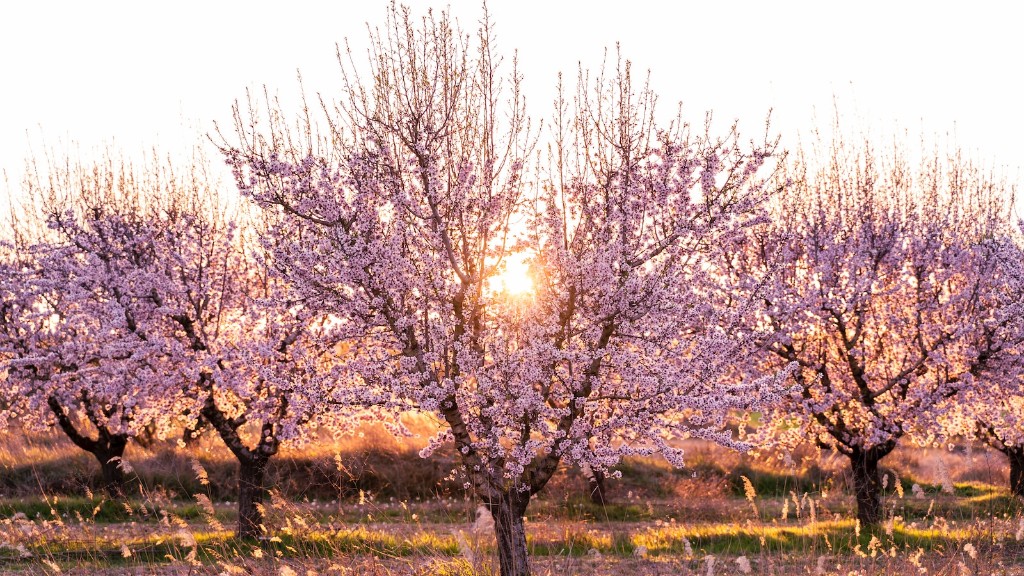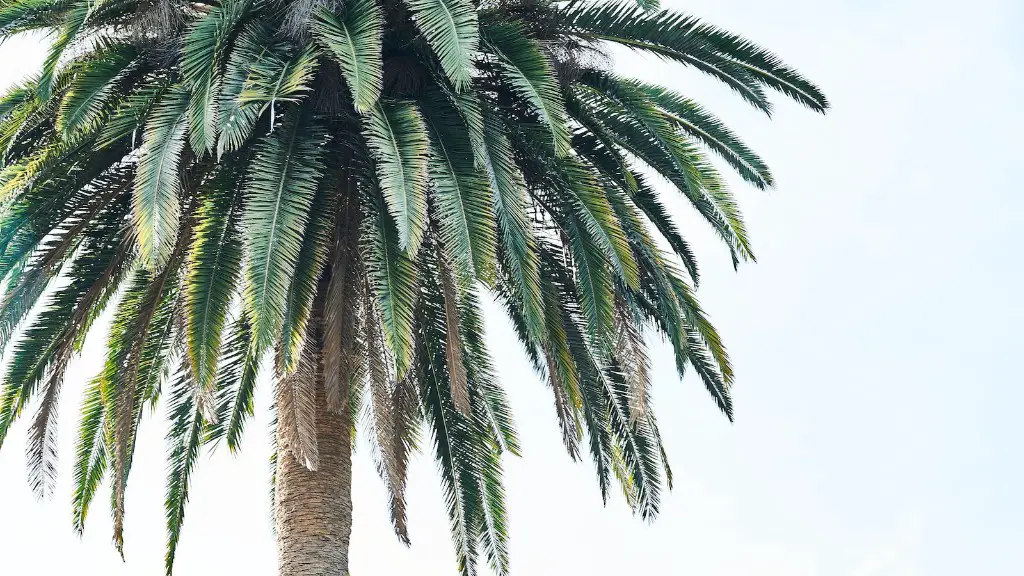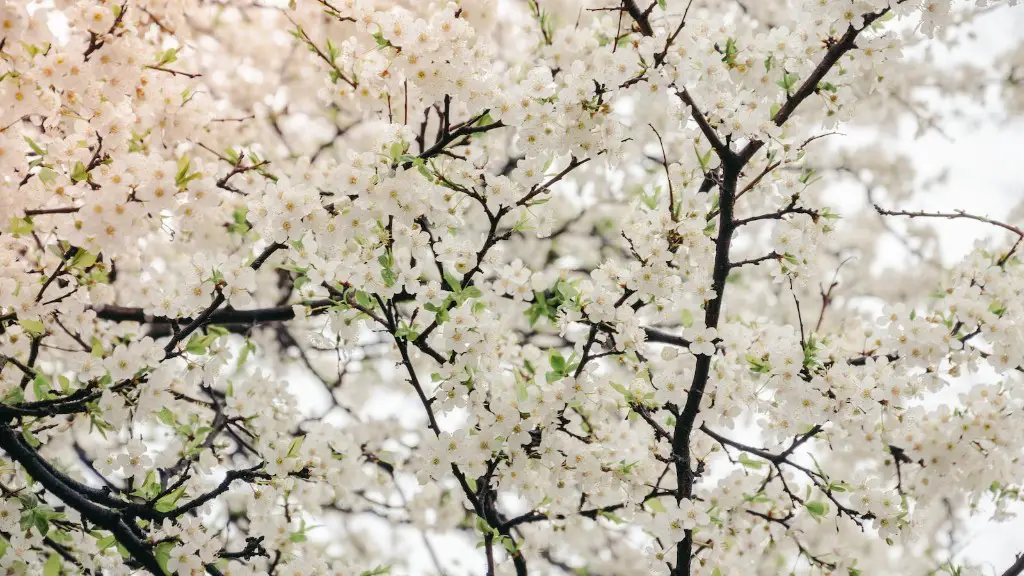Planting a Cherry Blossom Tree
Cherry blossom trees are popular ornamental trees, quite beloved for their delicate beauty and iconic pink hue during bloom. Planting one can be an exciting experience, an invitation to admire and cherish the promise of nature, as petals cascade and float throughout the air. Like all plants, cherry blossom trees need special care, and requires attention to the best planting time of the year, soil conditions, and pruning habits.
To ensure that planting is successful, it is best to plant your cherry blossom tree in early spring, when the soil is easy to work with, but not too wet. This is usually late March or early April, depending on climate and regional temperatures. That said, a cherry blossom tree can really be planted any time of the year, as long as the soil temperature is between 40-70°F. Cold climates, however, may affect the tree’s rooting and water absorption in Winter – making early Spring the best time for planting a cherry blossom tree.
When choosing a cherry blossom tree sapling, it is important that finding one with a good root system. To do this, inspect the root system before planting and look for: healthy, white roots; non-decayed roots; and signs of new root growth. If properly cared for, your cherry blossom tree should begin producing flowers within one to four years of planting.
Soil Requirements
Cherry blossom trees can tolerate a wide range of soil types, including well-draining sandy loams and heavy clay soils, but prefers well-drained soils that contain adequate amounts of organic matter. Before planting, it is best to make sure that the soil is well-composted – to achieve this, dig a hole two or three times larger than the root ball and amend the soil with a mixture of equal parts topsoil and compost.If planting in an area with a lot of clay, it is recommended to mix the soil with large amounts of sand.
Sun & Water Requirements
Cherry blossom trees require full sun to part shade, with areas that receive the most shade during the warmest part of the day getting the brightest blooms. Speak to knowledgeable nursery staff before buying a cherry blossom tree for advice on variety, as some might be suited for full sun locations, or areas with varying amounts of light. Similarly, it is important to water a cherry blossom tree regularly from spring to autumn. During dry spells, water every 7-10 days to keep the soil moist.
Pruning & Fertilizer
As with any other plants, cherry blossom trees need maintenance to be healthy – such as pruning and fertilizing. Pruning should be done in late winter or early spring. Pruning encourages branching and air circulation, which is important since good air circulation around the tree helps prevent the onset of disease. The tree should also be given a general-purpose fertilizer in spring. Apply a slow-release fertilizer according to the directions on the packaging.
Invasive Species Consideration
Unfortunately, some non-native species of cherry blossom tree can become invasive, choking out native species. As such, never release Cherry blossom trees into natural areas, as they can quickly overtake ecosystems. Make sure to buy a locally sourced, non-invasive variety, to ensure that your tree remains healthy, stable, and doesn’t affect the local environment.
Cultivating & Celebrating
When planted and cared for properly, a cherry blossom tree can make for a stunning centerpiece in any home or garden. Once a cherry tree blooms for the first time, the moment is usually cause for celebration, as the promise and beauty of Spring is realized. Their delicate flowers bring joy to all who witness the bloom and if viewed from the correct angle, a single petal appears almost like snow – fragrant, and gorgeous.
Diseases & Pests
Knowing what kind of pests and diseases affect cherry blossom trees is important to ensure the good health of the tree. Diseases caused by fungus, bacteria, or viruses often become a problem during periods of extreme humidity. Solutions can often be applied to treat the affected area, but be sure to check before applying anything to ensure it is safe for the tree. For pests, slugs, mites, and predatory insects often lurk around cherry blossom trees – leaving either physical damage, or harming their leaves and bark. So, act quickly and be sure to use an appropriate pesticide or natural remedy, as soon as signs of an infestation appears.
Winterizing Cherry Blossom Trees
Cherry blossom trees can be hardy and tolerant of winter cold, but practical steps should be taken to protect the tree in cold climates. In the Fall, for example, be sure to mulch the tree with a 2 to 4 inch layer of organic matter (like bark or wood chips), to help mitigate temperature fluctuations, insulate the soil, and stop pests and weeds from getting too close. Similarly, try to avoid any significant pruning in cold regions as cutting flush with cuts on the tree’s bark while they are dormant can make them more sensitive to cold and may cause frost damage.
Unique Benefits of Cherry Blossom Trees
The bright pink and white flowers of the cherry blossom tree is popularly associated with the ephemeral beauty of nature – a reminder to bask in beauty and appreciate life’s pleasures before they slip away too quickly. But, beyond their iconic beauty, cherry blossom trees provides unique environmental benefits such as: the flowers attract bees, giving them a food source early in the Spring; birds also use the bright, fragrant flowers for nesting material; and the larvae of some butterfly species feed exclusively on the tree’s leaves, giving wildlife a healthy source of nutrition.
Essential Tips for Planting a Cherry Blossom Tree
To sum up, the process of planting a cherry blossom tree starts with selecting the right kind of tree for your location and purpose. Then, when preparing for the planting process, it is essential to: choose a sunny spot with well-draining soil; check the roots of the tree before planting; apply general-purpose fertilizer in spring; and keep the tree protected in winter.
Harvesting the Beautiful Blooms
When the time comes and your cherry blossom tree blooms, be sure to sit and take in the beauty of the scene – as it won’t last long. The blossoms of a cherry blossom tree will last for around 5-7 days, but only when left unharvested. With that being said, harvesting some of the flowers allows for creative ways to enjoy their beauty, like making DIY sakura-inspired crafts, or arranging them in a beautiful vase.
Ideal Time for Planting a Cherry Blossom Tree
The ideal time to plant a cherry blossom tree is during early Spring, when the soil is easiest to work with and the temperatures aren’t too cold. It’s important to take into consideration the local climate and soil type when selecting the tree, as this will help ensure that the sapling is healthy and well-rooted. A cherry blossom tree requires regular maintenance: full sun to part shade; watering every 7-10 days during dry spells; pruning in late winter or early spring; and fertilizing using slow-release fertilizer.


